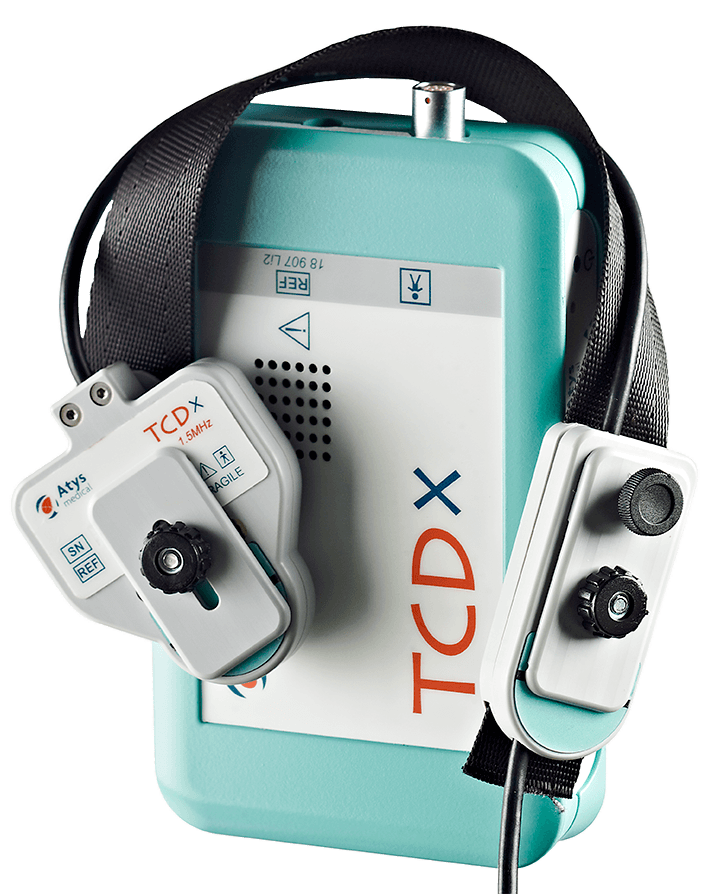Mesure de la pression systolique à l'orteil
Systoe
Le SysToe convient aussi bien pour les orteils, dans le cadre du diagnostic ou du suivi de l’artériopathie oblitérante des membres inférieurs (AOMI), que pour les doigts de la main lors des bilans relatifs aux fistules artérioveineuses.
Le SysToe utilise ingénieusement la photopléthysmographie (PPG) associée à un algorithme unique développé et breveté par Atys médical. La PPG permet de détecter, grâce à une cellule photoélectrique (capteur), les variations du flux sanguin dans la circulation cutanée.
Le SysToe met la mesure de la pression systolique digitale à la portée de tous les intervenants concernés (angiologues, néphrologues, diabétologues, chirurgiens vasculaires, services plaies et cicatrisation…).

Facilité d'utilisation
L’utilisateur place la manchette d'occlusion sur la phalange proximale de l'orteil ou du doigt.
Il positionne le capteur avec sa manchette sur la phalange distale.
Il appuie sur la touche START.
Pour finir, il valide la pression affichée sur le SysToe.
La mesure de la pression systolique avec le SysToe est facilement réalisable et ceci même en dehors du laboratoire vasculaire.
En moins de deux minutes, la pression à l'orteil est disponible à l'écran ainsi que l’indice de pression systolique (IPSO) si la pression humérale est connue.
Confort d'utilisation
Les manchettes sont gonflées et dégonflées automatiquement par l’appareil et non par l’utilisateur.


Portabilité
Le SYSTOE est alimenté par une batterie.
Il pèse moins de 0,5 kg.
Il est facilement transportable.
La mesure de la pression systolique peut être effectuée indifféremment dans une salle d’examens ou au lit du patient.
Précision et sensibilité


Comparaison avec la pression à la cheville
La pression systolique à l’orteil montre un bon accord avec la pression systolique à la cheville mais elle présente l’avantage de rester mesurable et fiable chez les patients avec des lésions de calcification de la paroi artérielle.
Pour le suivi du pied diabétique, un IPS cheville supérieur à 0,6 a peu de valeur prédictive et doit être remplacé ou complété par l’IPS à l'orteil.
Le SysToe est capable de mesurer des pressions inférieures à 20 mmHg.
La manchette d’occlusion est dégonflée automatiquement à une vitesse contrôlée qui assure une bonne précision à la mesure.
Des tests cliniques sur 200 patients effectués au CHU de Nimes ont mis en évidence la fiabilité du SysToe par rapport au laser Doppler. Cette étude est publiée dans "European Journal of Vascular and Endovascular surgery".
Other products:





